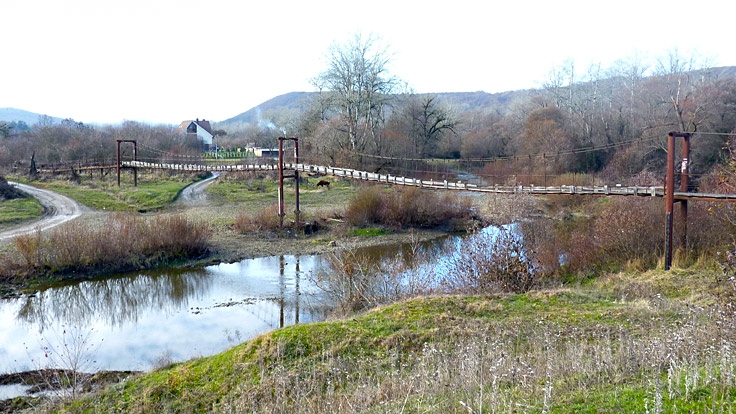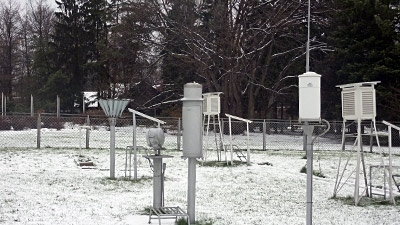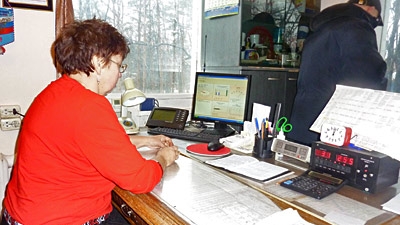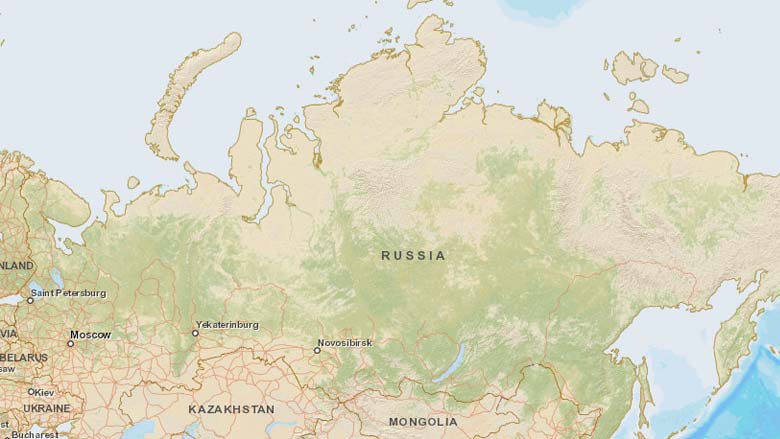Partners
The implementing agency of the project is the Russian Federal Service for Hydrometeorology and Environmental Monitoring, under the Ministry of the Environment and Natural Resources.
Moving Forward
The disinvestment backlog in the meteorological and hydrological observation infrastructure that accumulated during the 1990s was, according to most conservative estimates, US$0.5 billion. The project supports the critical modernization needs of this observation infrastructure. There is need for further improvement of the weather, water, and climate service delivery in Russia to manage the increasing number of dangerous weather events. The growing impacts of climate change are recognized in the Government’s “Strategy of Activities in Hydrometeorology and Related Areas for the Period until 2030” (September 2010). In 2011 the Government requested the World Bank support for the preparation of the Hydromet-2 Modernization project, with an estimated cost of US$141.5 million, including US$60 million from IBRD financing. The Roshydromet project was used as an example in the preparation of similar investment projects in Europe and Central Asia and other regions.
Beneficiaries
The key beneficiaries of the project are the information users from the regional and municipal authorities, and the Ministries of Emergency, Transport, Energy, Water Resources Management, and Environmental Protection. Russian people and businesses affected by extreme weather that results in flash floods and prolonged heat waves, destroying roads and bridges or causing fires resulting in millions of rubles’ worth of damage, also clearly benefit from this project. Interviews carried out in 2011 in the North Caucasus, home to about 25 major weather crises each year, indicated public support. “If we have a good weather forecast, we can get documents and precious things up to the second floor, and the damage could be minimized” (Vera Garkavaya). “It is very important to help people get ready, protect the livestock, the cattle, to protect life. The earlier warning, the better” (Vladimir Kuropachenko).




